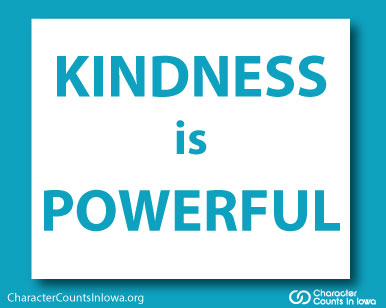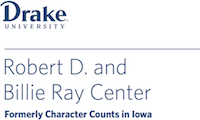From our guest contributor, Michael Josephson, founder of CHARACTER COUNTS!
I’ve mentioned before that, despite my great admiration for people who are instinctively and consistently kind, kindness does not come naturally to me. Yet the older I get, the more I agree with Abraham  Heschel, who said, “When I was young, I admired clever people. Now that I am old, I admire kind people.” Henry James was more emphatic when he said, “Three things in human life are important: The first is to be kind. The second is to be kind. And the third is to be kind.”
Heschel, who said, “When I was young, I admired clever people. Now that I am old, I admire kind people.” Henry James was more emphatic when he said, “Three things in human life are important: The first is to be kind. The second is to be kind. And the third is to be kind.”
In 1994, Dr. Chuck Wall, a professor of human relations and management at Bakersfield College in California, came up with a concept that turned into an influential movement. Weary of hearing about “senseless acts of violence,” he began to teach and talk about “random and senseless acts of kindness.” The idea was simple: the best response to a world coarsened by selfishness and cruelty was individual acts of kindness.
In 1999, Catherine Ryan Hyde wrote a novel called Pay It Forward (later adapted into a movie) that builds on Dr. Wall’s initial inspiration. It starts with a teacher’s assignment: “Think of an idea for world change, and put it into action.” Trevor, the 12-year-old hero, comes up with an idea. If he does something “real good” for three people and asks in return that instead of them “paying him back,” they “pay it forward” by doing a good deed for three other people, who are in turn asked to pay it forward, the math quickly shows that he could change the world.
Whether acts of kindness are random or spontaneous as advocated by Dr. Wall or premeditated as proposed by Ms. Hyde, acts of kindness are certainly not senseless. To the contrary, they’re the best possible proof of good sense. Every single person can send forth ripples of kindness and compassion simply by being nice.


